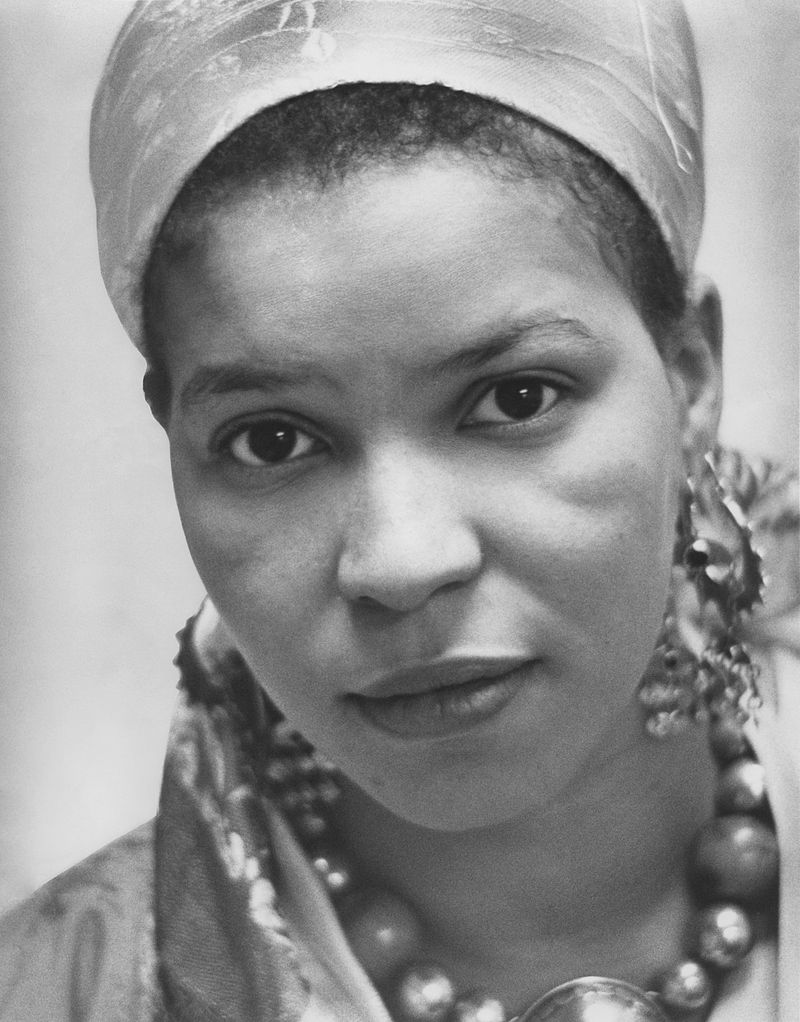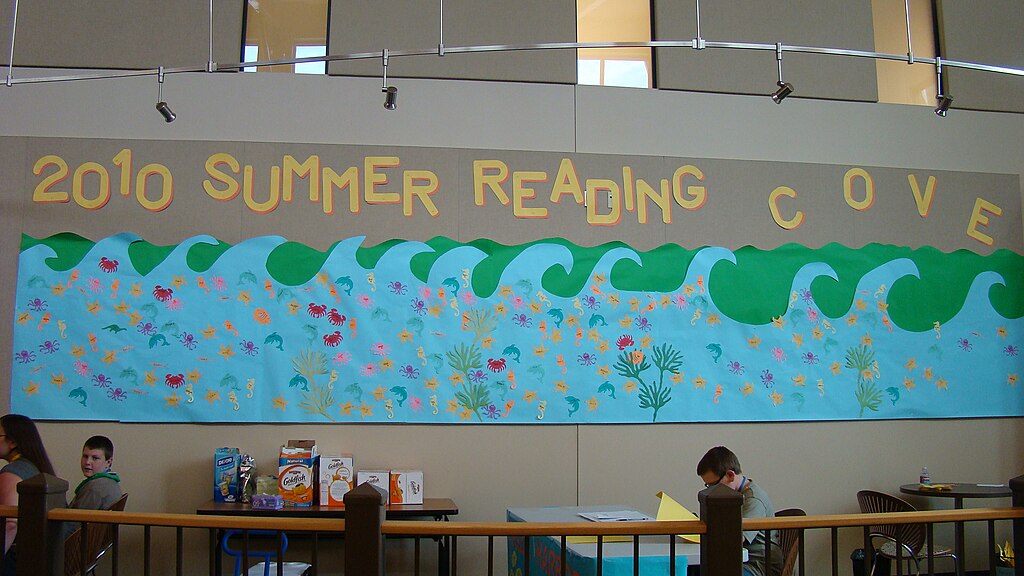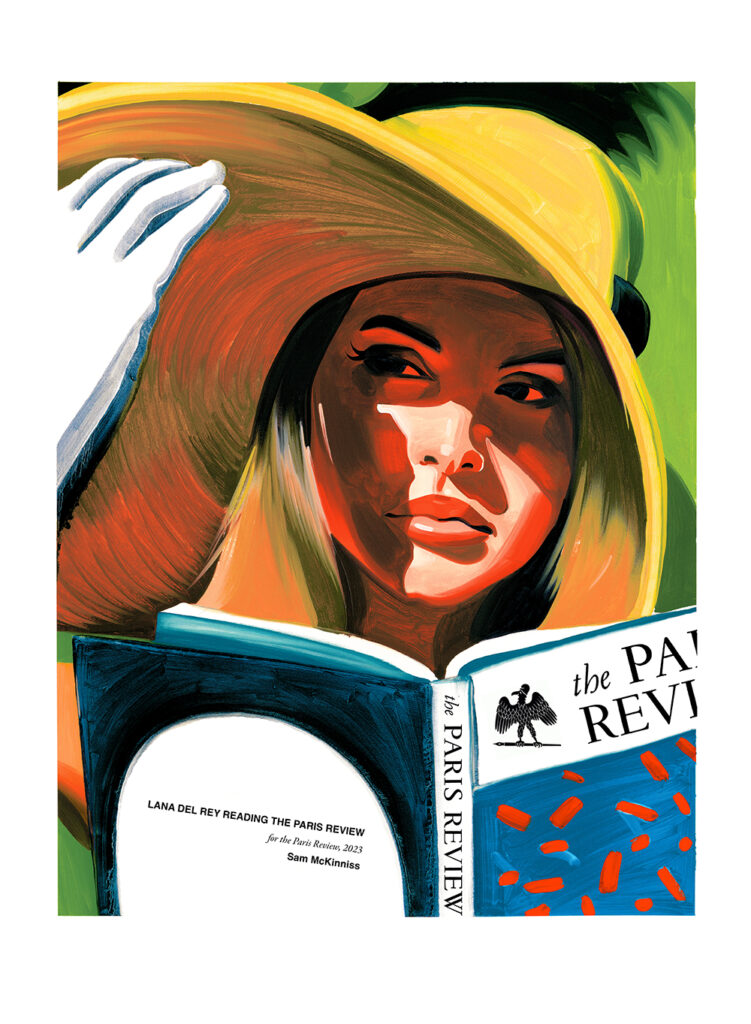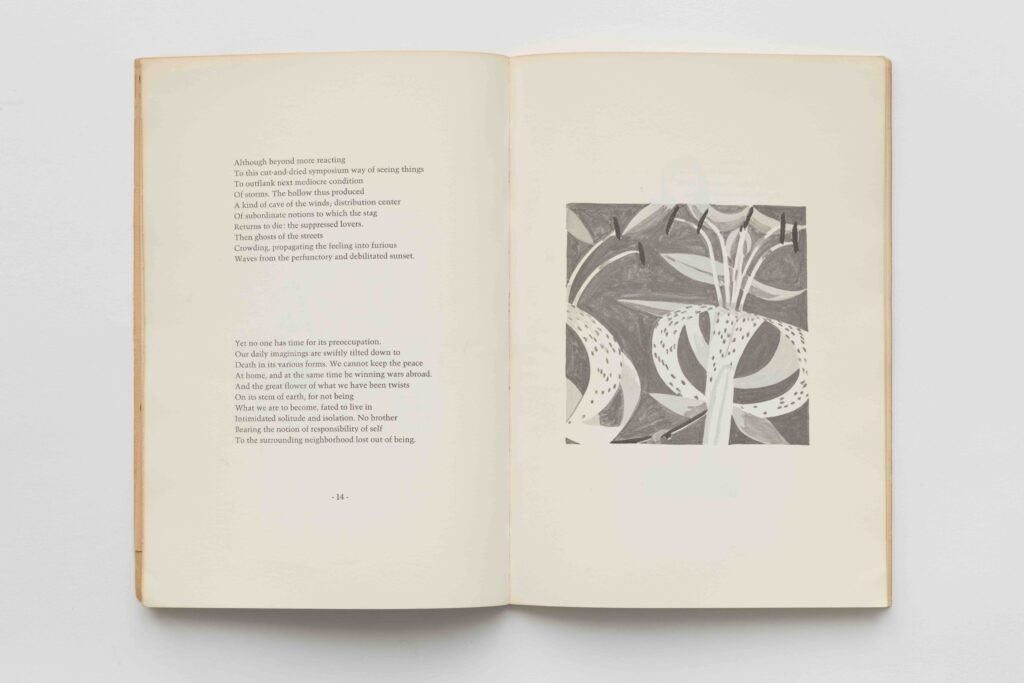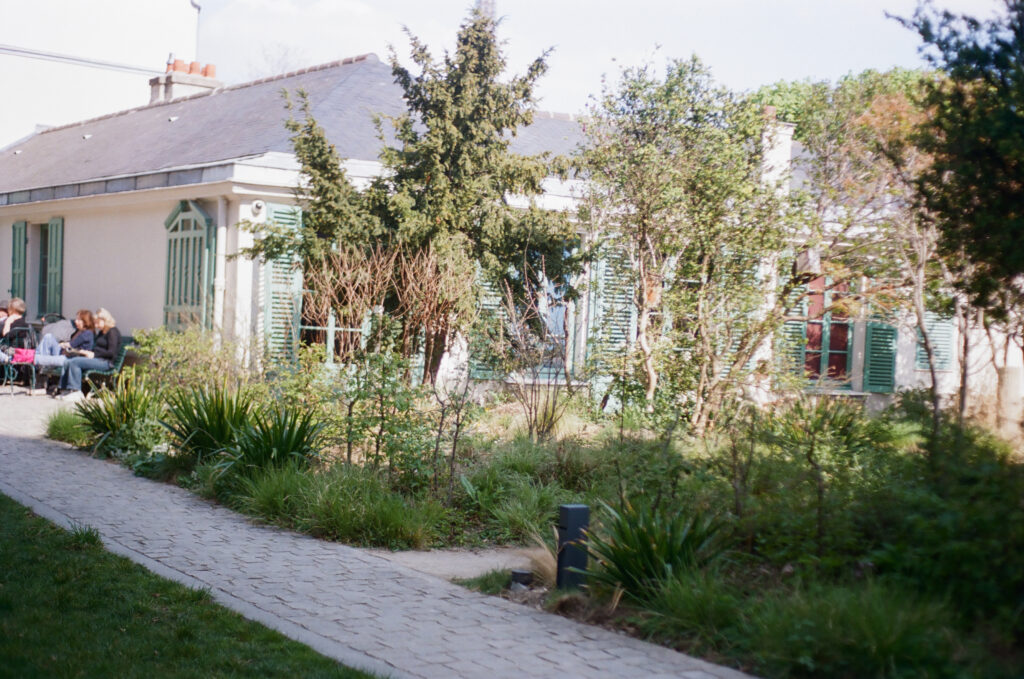Williamsburg Bridge. Courtesy of Wikimedia Commons, Licensed under CC0 4.0.
I was in an Uber Pool (I guess they’re not called that anymore) with some stranger, both of us going to Brooklyn from Manhattan. Our driver crossed the Williamsburg Bridge, took the first exit, and then followed its loop all the way back onto the bridge, going in the opposite direction, reentering Manhattan. I wasn’t paying attention. My co-rider looked up, at the skyline that was supposed to be behind us, and said something. “Are we going the wrong way?” Our driver laughed. Yes, he had made a wrong turn.
This was a very time-consuming “wrong turn.” We had to go all the way back over the bridge, then get off somewhere in the Lower East Side and find a way back onto Delancey, which isn’t simple, since U-turns aren’t possible, there are so many one-way streets, and there’s always traffic. My co-rider wasn’t done asking our driver questions. What was he doing, instead of watching for the exit? He laughed again and pointed to a phone that was mounted to the left-hand side of his windshield, away from the GPS, which was mid-dash.
“What is that, a gossip website?” she asked. I looked at the small screen (phones were smaller then), making out a pink-and-purple layout; tiny photos of celebrities; text moving upward, ticker-like, in another language, maybe Korean; hearts and sparkles and whatever animating everything. It would be impossible to make out one headline, much less read these articles, and drive, I thought, and I guess that was being proven. Our driver was still smiling, pointing as if we could see the miniaturized information, as if we could read the foreign text and recognize the faces.
I knew from his wordless gestures that something huge had just happened to one of these celebrities, and he was too excited by this event to care about anything else. I was not as mad about the tardiness the detour had caused as I was about the indifference toward it, the way this guy was so elated by some gossip, or, more likely, the way in which he had received such gossip—in the middle of one of those maneuvers that make his job obnoxious, like taking the first exit off a bridge—that he could forget about the exit, about us.
Copyright
© The Paris Review

